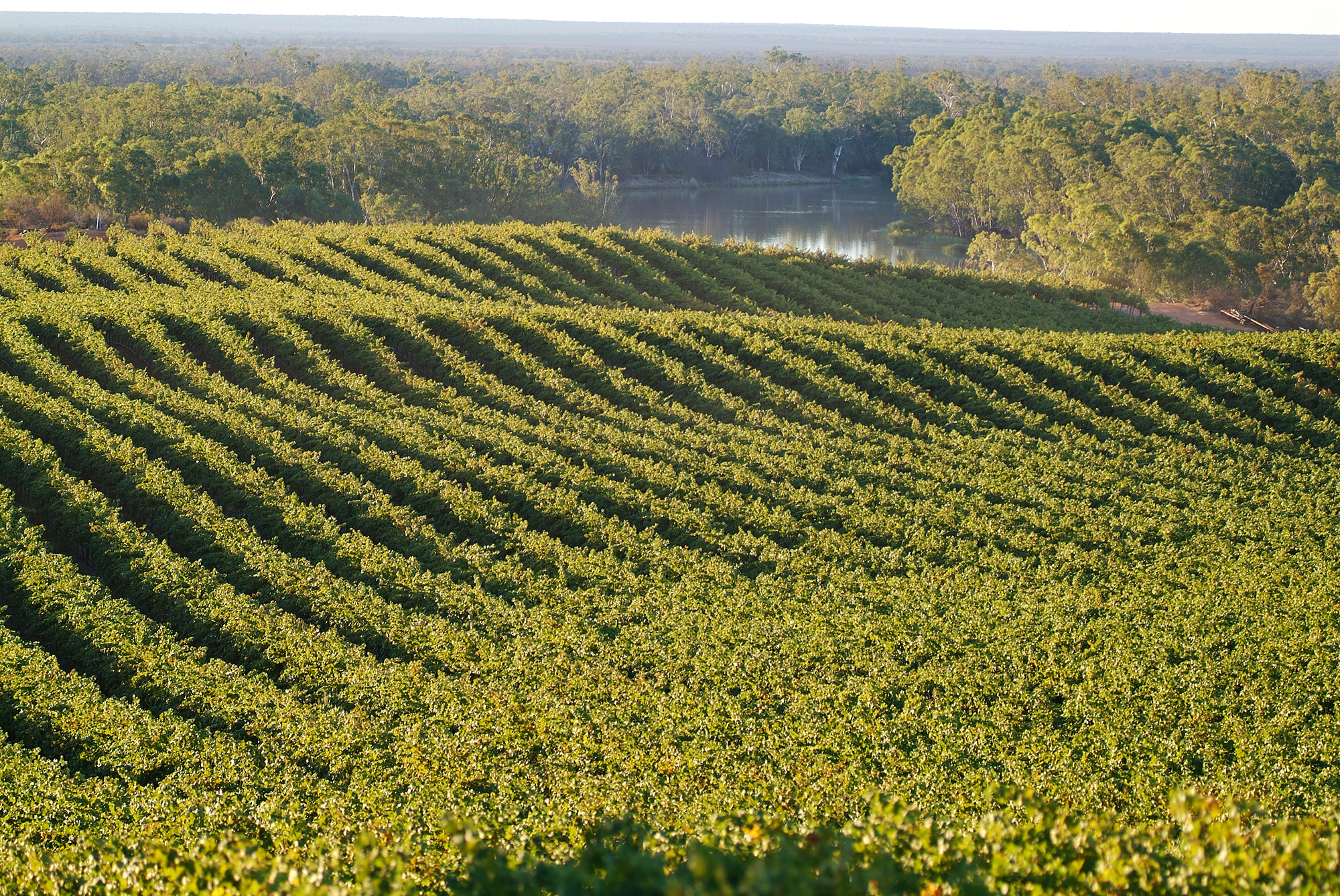A spring defined by heavy rains and a warm start to summer has meant that mildew pressure in the warmer inland regions is high. Harrison Davies spoke with inland wine associations about how they were helping growers face this pressure.
Growers in the Riverland, Murray Darling and Riverina winegrowing regions were faced with a deluge of rain throughout the month of October.
After a particularly rainy winter, the precipitation continued as the mercury rose and bred conditions one can only describe as perfect for downy mildew.
Winegrape producers across the three regions scrambled to spray their vineyards and stop the worst of the mildew from setting in.
In a fact sheet sent out by Riverland Wine, reports of infection with downy mildew had been reported, and the industry body encouraged growers to be vigilant as temperatures rose and conditions for mildew became more likely.
“There had been some risks of infection on or around 13th and/or 24th or 25th October, and as reported earlier there have been low risk of infection on other earlier dates,” the report stated.
“The rains from 9pm 30th October to 9am 1st November 2022 ranged from 1.4mm at Yamba to 27.6.0mm at Loxton. At all sites, these rains did not trigger further downy mildew from either primary or secondary infection.
“Many vineyards have low levels of oilspots; quite a few have many. As the vines approach flowering and the berries set and expand, the risk from downy infection of the fruit is high and all care is needed to protect the secondary spread of downy.
“It is important to know if you have oilspots in your vineyard and therefore, to know the risk of secondary spread if the conditions become favourable.
“Watch the weather forecasts for rain events that could lead to possible secondary infection. Look for warm-humid night conditions with the leaves wet in the early morning.”
Growers in the Riverina experienced similar challenges and Riverina Winegrowers CEO Jeremy Cass said conditions for producers had been horrendous.
“We had about three inches of rain the Sunday before last, and that’s on top of an already saturated soil. So there’s just water everywhere,” he said.
“People were just having to get back on the ground and drain it out. We got another small deluge of an inch or so to two.
“We’ve looked at the long term averages, and we’re still two months till the end of the year, and we’re only about two inches away from getting the highest ever rainfall in recorded history.”
He said the disease pressure in the Riverina was considerable and that growers had already had to contend with an outbreak of downy mildew.
“We’ve already seen a primary outbreak of downy mildew here, which at this stage of the game can be very detrimental to the crop, insofar as it will take the crop,” he continued.
“We’re monitoring it fairly closely. I would say we will be getting some contacts in the near future once guys have been able to get in there and clear the backlog of work out of the road.
“We did get declared a natural disaster area. So that’s probably got some implications going forward for maybe cheap loans or some low grants; we’re yet to discover what that is for people who have been most affected.”
Are you a Daily Wine News subscriber? If not, click here to join our mailing list. It’s free!





















